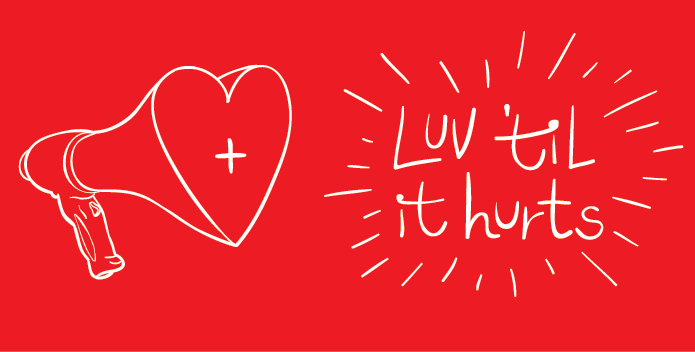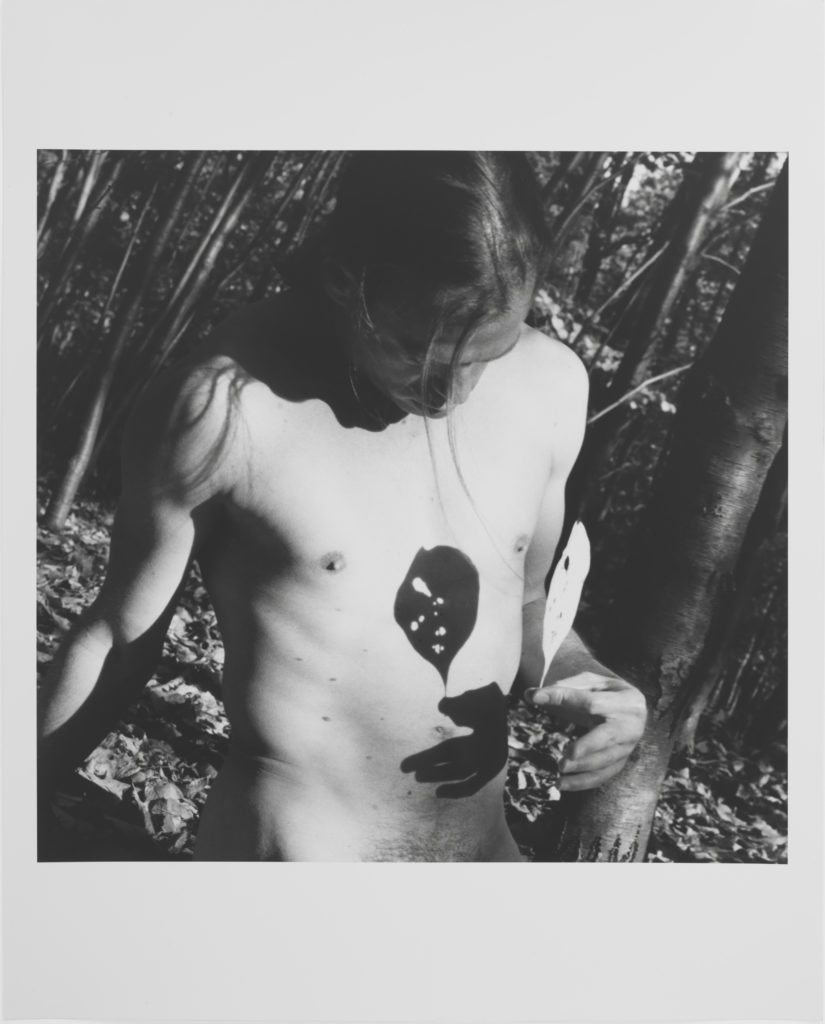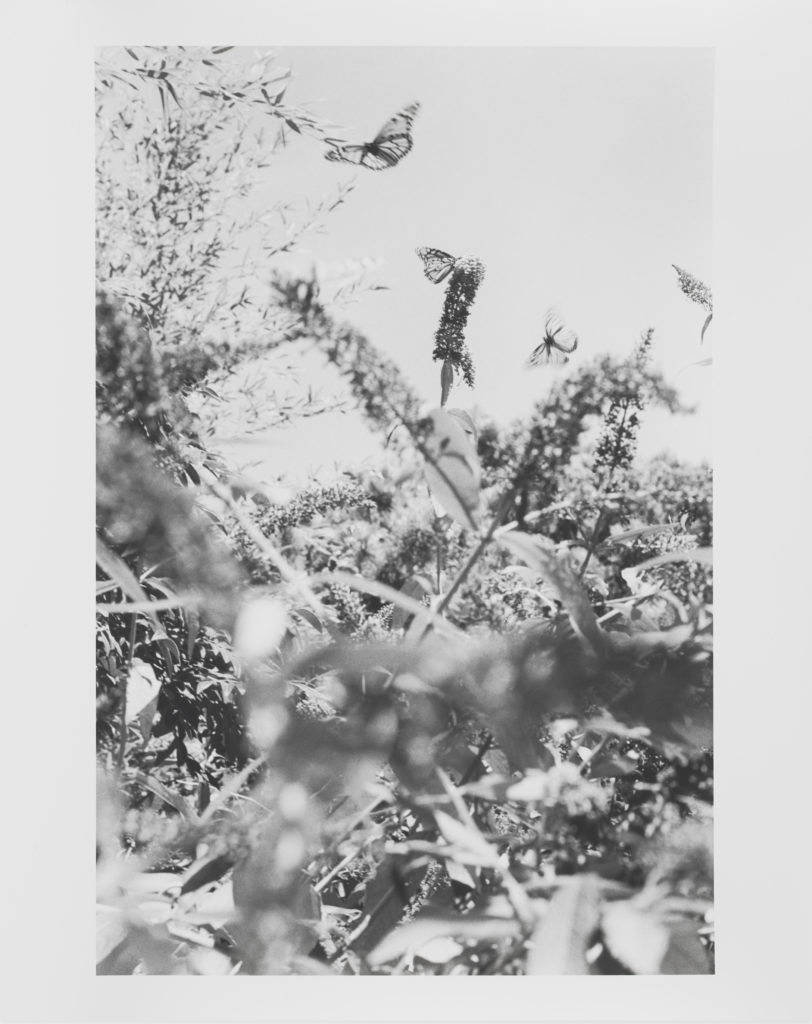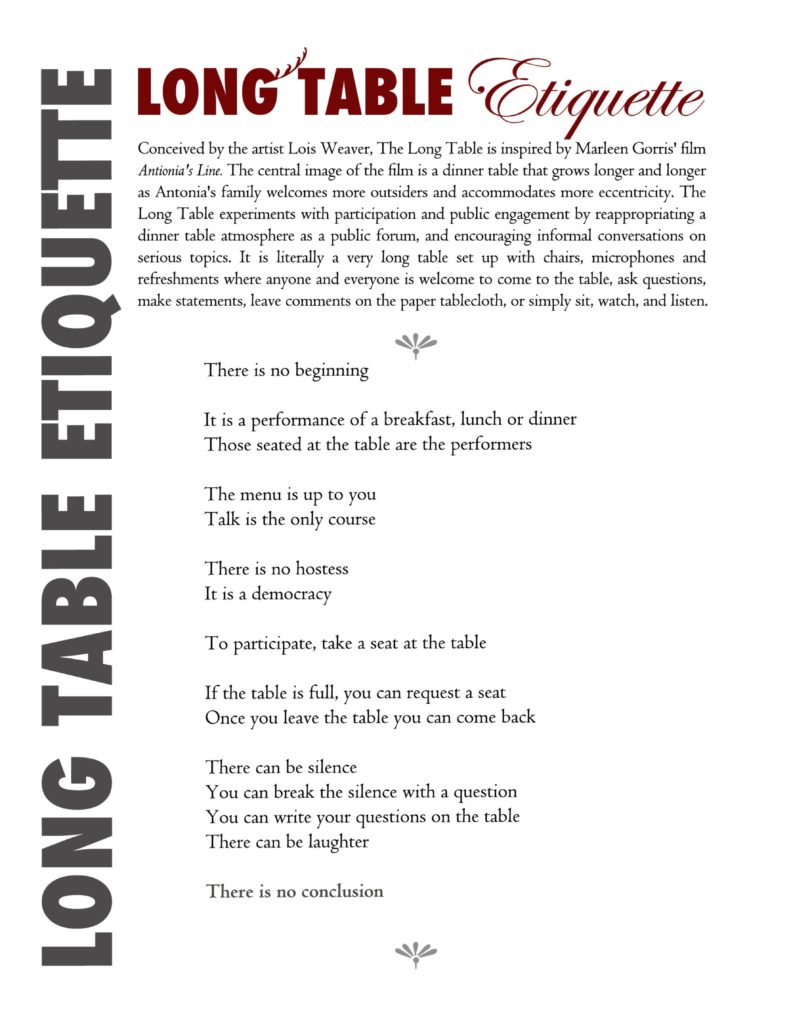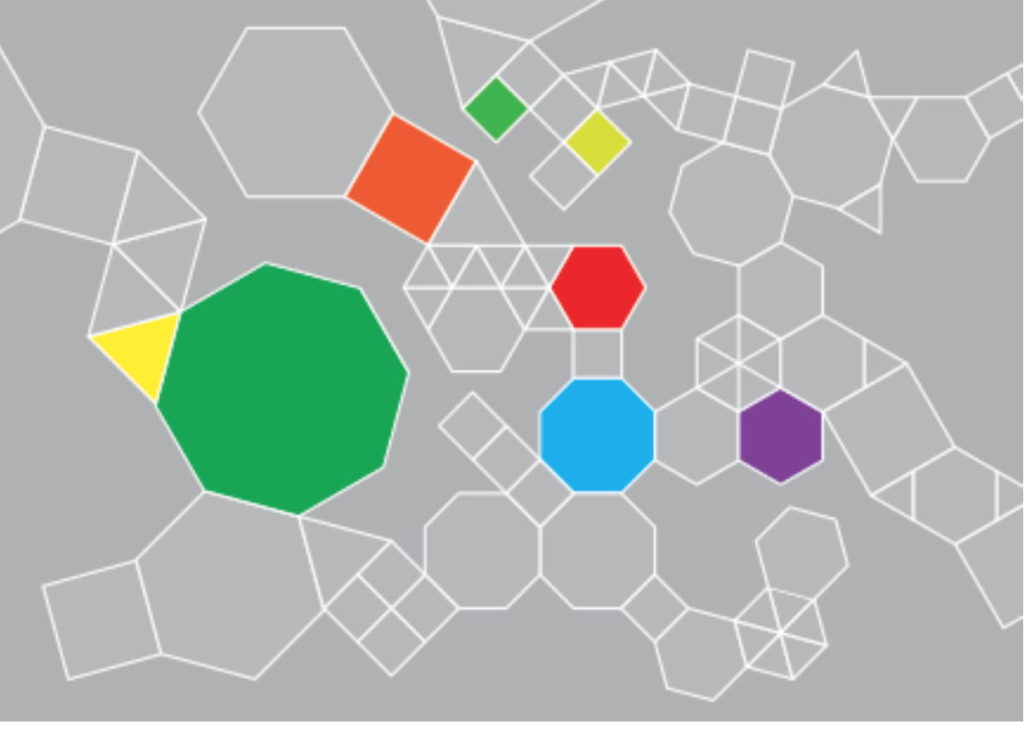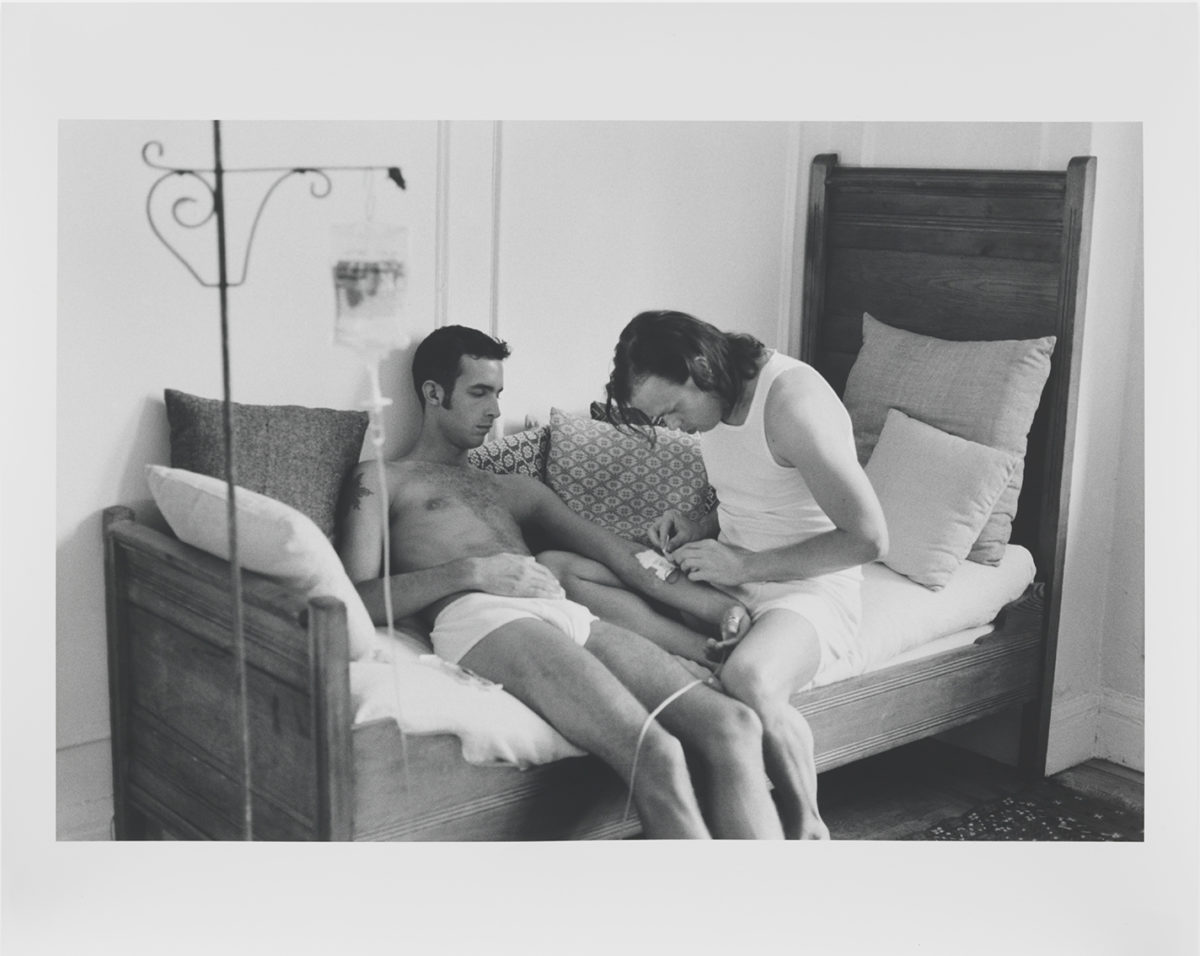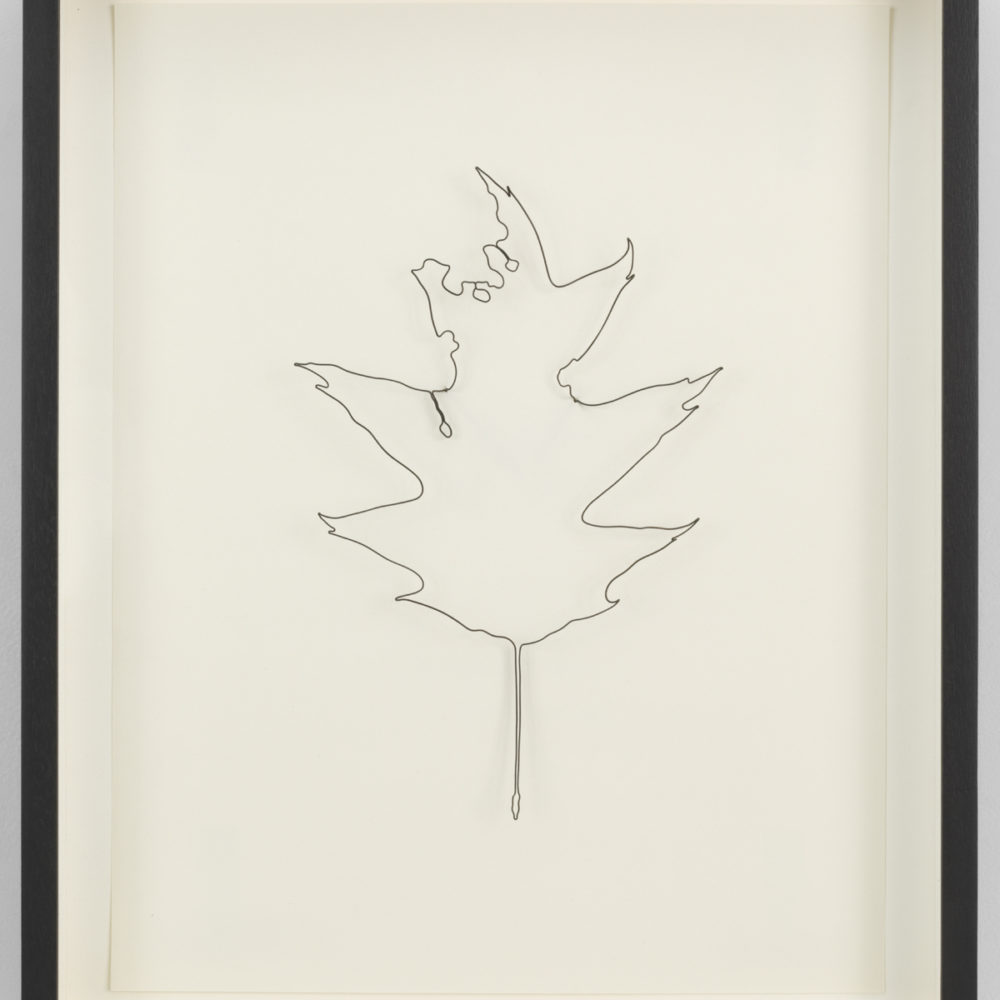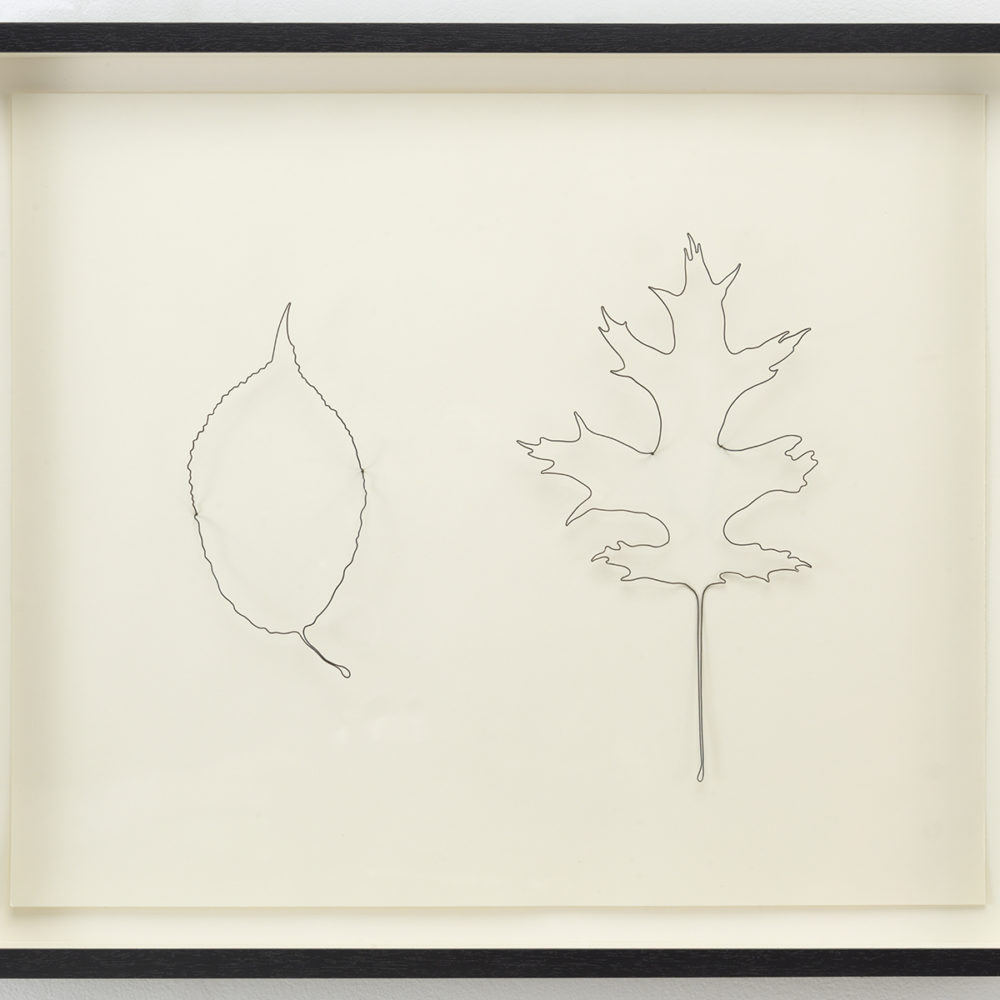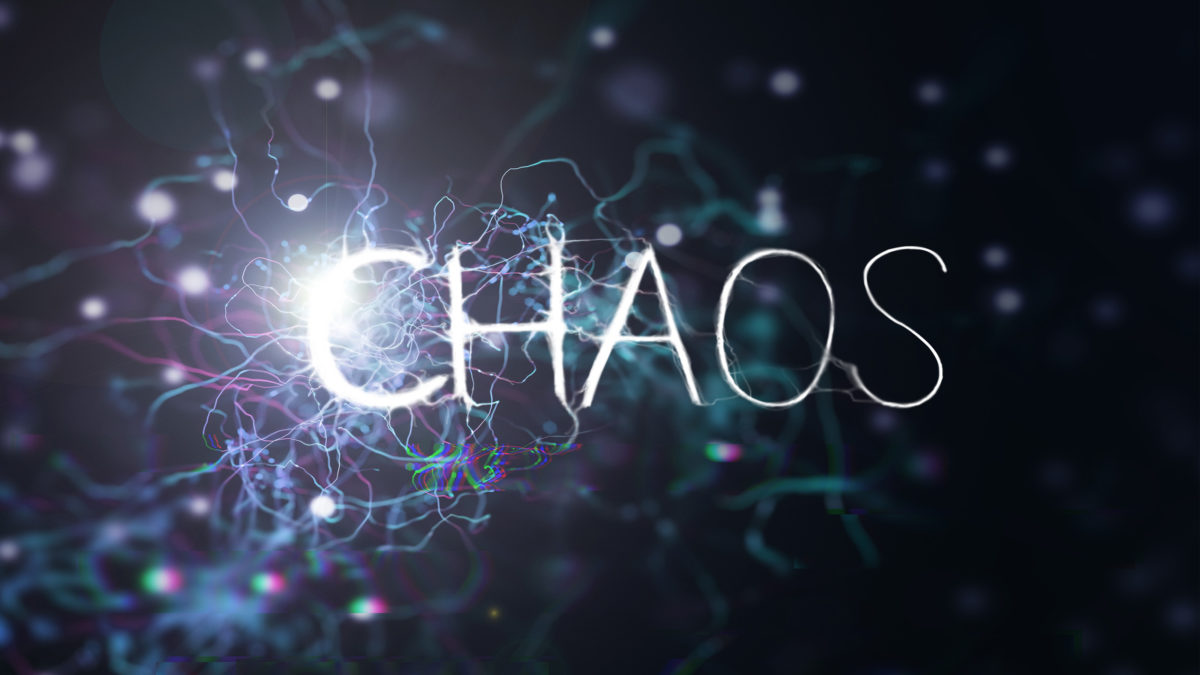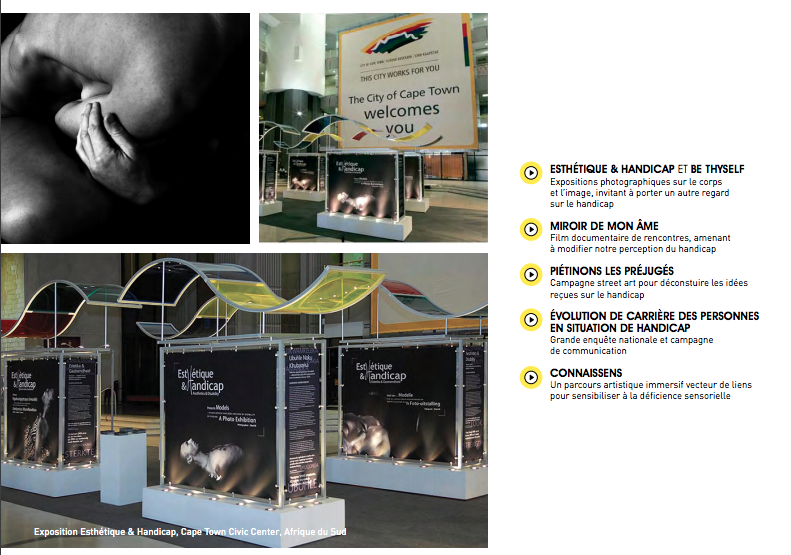My name is Todd Lanier Lester and I started the project, Luv ‘til it Hurts, a two-year project on HIV & stigma. The Think Twice Collective has agreed to join the LUV ‘coalition’ … I’ll explain what that is along the way, but just wanted to say thanks for being in an open-ended conversation with me. The last project I co-made, Lanchonete.org was a five-year investigation of the right to the city in São Paulo, and also took a collective form. I enjoy the pace and other characteristics of collective decision-making. freeDimensional, a 10-year project on free expression and artist shelter was the first of a three-project set that have spanned almost 20 years. What connects the three projects is that they are all durational, rights-focused and open to multiple stakeholders.
I really appreciate the questions Think Twice came up with and appreciate your attention to my project.
Paula Nishijima (a Think Twice member) and I met in Milano at ENGAGE, a Public School for Social Engagement in Artistic Research hosted in October 2017 by Via Farini. Paula is Brazilian and I live in Brazil, so we started there. That was followed by a Skype chat with the group in Leiden (Netherlands), and an ensuing discussion about our ‘projects’ being in dialogue. I’d like to dive into the questions:
1- What is “Luv ’til it Hurts”? Why did you start it?
LUV is a two-year project on HIV and stigma. In the FEATURES section entitled Field Notes, I discuss some of the parameters I apply for the making of a durational, rights-focused, multi-stakeholder work. I share the ups and downs of this style of ‘making’, and try to point to ‘spots’ of learning from both my previous projects and those of other artists. I plan to keep this section going throughout the two years. In fact, these are the field notes for a book I’m writing that focuses on methodology and looks at a twenty-year period of such art making. It’s a different and related project I’m working on as I shift more into writing. I first presented the ‘hinge’ in my work between LUV and some research writing I’ve embarked upon at the Economy and Society Summer School, a weeklong doctoral symposium co-hosted by University College Cork and the Waterford Institute of Technology, bringing together scholars from diverse disciplines to discuss fresh perspectives on ‘the economy’; the market, the state, production, consumption, redistribution, value, money, work, commodities, poverty, welfare, inequality.
[*Paula, when we met in 2017, Lanchonete.org was not quite over yet (and still isn’t:). I was already rabidly note-taking for the book, but probably didn’t yet know LUV was going to be a project in this series. I have had the idea for an HIV-related project ever since I contracted HIV in São Paulo some five years ago. In Milan I showed the Queer City film, representing an important ‘episode’ of Lanchonete.org, and actually the most rhizomatically robust of the various sub-projects/foci that comprise the five-year research platform of Lanchonete.org on the right to the city. In fact, Queer City continues still in various forms. Queer City was the way I began experimenting with HIV themes in the hybrid artistic director/curator/ administrator/producer role I assume for durational projects that I set off and forecast end dates. I proposed Queer City ‘into’ Lanchonete.org just as any of the multiple stakeholders could propose and develop ideas into action. When I use the words ‘producer’ and ‘action’ herewith, I’m referring to Walter Benjamin’s 1934 address at the Institute for the Study of Fascism (Paris), The Author as Producer.]
I can jokingly say that I’m tired of making multi-stakeholder projects. But I also plan to have fun with the last one, Luv ‘til it Hurts. What I mean is that I plan to use some of the methods and tactics from the first two projects in order to lean-down bureaucratically and shorten (to two years) the LUV project … rather abstractly. But at the same time, LUV is the most personal of the three projects I refer to here. I started it because I’m HIV+. I started it because it is personal. But, too, I believe it can have a ‘benefit’ (as such) on a macro level.
2- How did LTIH start?
In February of 2018 I received an unsolicited R&D grant. I had mentioned to a colleague in philanthropy that I planned to make a project, but I didn’t say what it was. This was an exciting encouragement, and frankly the first time in my 20-year practice that I have received money in advance to work on a project. That money was used for making a website and paying people. Most of the money was redistributed as re-grants to initiatives such as Humans as Hosts, Coletivo Amem, the Houses of Zion and LaBeija, participation in the 2019 holiday Love Positive Women (a project by artist, Jessica Lynn Whitbread), creation of the LUV game with a team of Egyptian designers, etc. In discussion with Taiwanese artist, Kairon Liu we decided to make a limited edition postcard set from his Humans as Hosts project, which he carried to the 2018 International AIDS Conference in Amsterdam. In a very useful way, this served to launch the two-year period of the project, and it therefore ends around the time of the next international AIDS conferences in 2020 in Mexico DF and San Francisco.
I mention above (when referring to Queer City) that I have the prerogative to create/direct/lead a portion of the LUV project and invite others to participate. This includes corresponding with others and writing for/on the site; designing a game with other people; collaborative events; media partnership; playing the new game together; and sharing in the construction (um, conjuring) of the ‘end game’ of the project, which will be an artist-led, philanthropic device offered to the Elton John AIDS Foundation.
At the same time, the projects have historically been flexible enough to accommodate the ideation and leadership of other artists, participants or stakeholders. Looking back at freeDimensional, somewhere around the midpoint, artist Sidd Joag was hired to direct the organization. One of the first things he did was to create new schematics for how freeDimensional explained how danger can affect global artists and how the project addressed this urgency. You can see visualizations in the 2011 Artist Residencies & Conflict Areas event publication, and they carried forward to illustrate our most comprehensive output (an artist safety guide) as a project, the freeDimensional AdvoKIT (download). For Lanchonete.org, there were similar ‘episodes’ led by other participants. For example, Zona da Mata is a project by artist Rodrigo Bueno who participated in one specific way focused on the environment. Another way to see this is that Lanchonete.org participated in Rodrigo’s project for the year, 2016. And, Episódio Haiti was led by Raphael Daibert who participated in all the activities of Lanchonete.org, having helped to launch the project from the beginning. This was natural as his focus is on migrations.
Here you asked me how it started and I’m about to tell you how it will end. One is that we might be able to say something about the philanthropic device by the time of the AIDS conferences. In fact, I’m working on a graphic zine with artist Niki Singleton that should be ready by February 14, Valentine’s Day 2020. By that time we will amp up our plan to reach Elton, and in the meantime someone will hopefully ‘steal this idea’ and run with it. What I’m saying is that the duration, start and end dates are both important and somewhat arbitrary. The projects don’t stop on a dime. And, if they are launched well–at least inter-planetarily or intergalactically–they keep advancing even after the end date. These ‘durations’ allow for a form of accountability to the stakeholders, communities and demographics that the projects include and address.
3- Why is it an “interplanetary” project? and why “galactic”?
I am working with an old friend. Here is where I brag on a buddy, Adham Bakry. He is mentioned in this article, Street Art Illuminates Egypt’s Lingering Problems. Check him out. When freeDimensional was moving around (it had mobile desks for a year each in ‘residency’ in the Middle East and Cairo specifically at the Townhouse Gallery and South America via a residency at Casa das Caldeiras in São Paulo) I met Adham and he did some of the original design work for freeDimensional in Cairo, joining the team for the remainder of the project. He then drew the first schematic for me when dreaming up Lanchonete.org. There was a lot going on in both regions at the time in residency field, and these two cities provided a look into the regions. Around that time I led the writing of desk studies on residency practice in each region for some partners whose names I forget. I should find those two documents for my site:)
The idea for Lanchonete.org came, of course during my freeDimensional residency in 2008 at Casa das Caldeiras. My friend Joel Borges who created TodoDomingo at Casa das Caldeiras (as well as its international residency and various community programs) both welcomed me on that 2008 residency and has been a part of the ideation for Lanchonete.org from the beginning. He serves as the President of the Associação Espaço Cultural Lanchonete (the cultural association/ entity under Brazilian law) until now.
So for one, I’m working with partners and friends who have been stakeholders to past projects. I’m asking them to perform in certain ways, perhaps building on past actions. I raise money to pay them:) I’ve asked them to help guide me … to help me get the maximum out of the idea based on how we know how to work together.
Adham and I know how to make interplanetary and intergalactic projects. I had to urge him to give me first designs early and not perfect them. I wanted it a little raw. But too we agreed on a face-to-face design session that was this past March. I would go to Egypt (Port Said) and see into his current project, a popular heritage museum with a revolutionary mentality. Pedagogy and learning and local change. I would engage his project at the level I wanted him to engage mine. We would eat fish together at the Suez Canal and take our bikes on the ferry to Asia. I would understand what he’s going through, and he would understand the same in me. We would care for each other at that basic level. We would reconnect a little before making work together. We would break bread… to go with the fish. I would meet his wonderful colleagues on the museum project and revive my interest in the Arabic language.
In the richness of ideas that comprised those days in Port Said and Cairo, an idea sprung up for a game. It came from Saif, a 23-year old guy from Port Said, but with Cairo-savvy. He said, why not model it after Exquisite Corpse, a game I’ve come to learn is played all over the world … sometimes with image continuation and others with words. Before I even understood what he meant, he gave me the scenario of going into a Cairo cafe and seeing an iconic sticker/tile on the back of a laptop, and it referencing the LUV project, or game as it were. That one would know that the person with the laptop was cool with HIV .. or something like that. You all at Think Twice are thinking about language. I was in Port Said in a café w/ Saif, Adham and others. I was acting a little queer. I had black fingernails. The manager turned off the radio, and waited for us to leave. So, Saif is not wrong to consider a ‘safe’ way to play, as such…
Or, another answer as question: Don’t you think there are enough ‘global’ things, organizations and such? If what constitutes art can sometimes be called an art world, shouldn’t we perhaps board the first spaceship out?
4- What is the aim of the “coalition”?
The coalition is for doing exactly what we are doing. For having a discussion. You’ve asked me some questions that find me in a methodological and rather light mood. I’m heading to NYC soon to launch a publication on Artist Safety Hosting and it’s been a throw-back to some earlier ideas. The coalition is for ‘doing something’, and I’d really like for folks involved to understand what I want to do with the philanthropic device, and perhaps lend a hand. But at the very least they should play the game with us.
5- How are you featuring this “gamification” in your work?
Saif and I jammed on the game idea sitting in a circle of ten guys on the floor drinking the booze Adham had gotten at the airport using my ticket stub for duty free. We watched videos and smoked hash. Some of us did. I laughed at what, in Arabic, made them laugh. We spent time together. By the next day in the office Adham was ‘on it’ .. he doesn’t like the virtual side of things (preferring the street stencil), so he wasn’t thinking anonymous, multiplayer (online), but rather the logic of the game and design of the tiles. What might become iconic and end up on the back of a laptop. In Cairo or New Delhi in a cafe. Adham poo-poos the idea of a virtual game, while introducing me to ‘his game guy’ Sanjay in New Delhi, saying ‘he’s the one who can do that for you … I’m doing the first part.’
Here’s the design challenge I posed to Adham and his team. I was already almost sure I would treat the LUV project in three acts, and that Adham’s (and the ensuing game) would be ACT I. I had come to Port Said to get some work done, big picture work. The challenge:
I’m making a philanthropic device in the midst of the LUV project, which should also be a discussion. We should talk about what we need, and what we can do / offer. We should make a new ‘device’ to help out. On HIV and stigma. As artists. And/or poz people.
HIV is personal. By March I was already 9+ months into the project. I told Adham’s team that I would pull back on broad stakeholder outreach. I would seek out partners from past projects, but not specific to HIV ideas and work. I would reconfigure a team or ‘agency’ for the purpose of getting to the end(game), the device. I can say better later how Acts II and III move the process along.
I told Adham’s team that I needed an ‘activity’, something to do with a public. Something that would enlist stakeholders in a way I’d not tried before, one in which I did not ‘front’ each conversation. The activity would allow me to ‘deploy’ the evolving process of device-making into various contexts (art world and non). It should be good. It should look nice. It should open up online, social media and PR opportunities through its application. It should stand alone. It should be fun. A game.
It should be something so simple (perhaps more so than the philanthropic device that takes a whole two years to make) that it would open up countless new discussions that cannot be generated outside discussion.
OK, so we (Paula N. and I) talked, and I asked if Think Twice would be interested in helping to launch the game. The game is ready. You can get the gist of it in Thank you to Lois Weaver (ample version), and if you all are game, I’ll get you a game pack in the coming weeks. We already know that it launches in Grenoble on October 25th in French and Arabic, and hopefully Bogotá on the same day with Daniel Santiago’s project, Luciérnagas. So, I’m sure we can find a unique way to engage between LUV and Think Twice in this general timeframe and direction. It could take the format we find most useful. It could work/aim toward your potential meeting next Spring on the topic of language.
There are lots of ‘language’ angles in the project.
I think that if you give me the ‘go ahead’, I’ll consider how to communicate the game to Think Twice as we are developing ‘packets’ for Grenoble and Bogotá, so relatively soon. We are launching the game online on this year’s World AIDS Day, December 1. As well. Think Twice and the coalition can be a part of that. Somehow. The game changes as the ACT progresses, so we should really just play, and you’ll see.
6- What is action research and how is it developed and/or materialised in the project?
Oh gosh, what is algebra? I’m kidding. I was reading an article the other day that called ‘artistic research’ a discipline, area and method all in the same article without differentiating usage. Action research is perhaps related to grounded theory or various participatory methods. I figure phenomenology is a part of it. I am working on a book and PhD at the same time. The book is called Variations in Worldmaking. The PhD is in Sociology. My advisor, Maggie O’Neill has experience in action research. With all that in the ‘soup pot’, I decided to ask Maggie if she could help me tease out characteristics of my methodology, the methods I practice with, by keeping an eye on the LUV project. I produce writing on the overall book, but she knows that until the end of the two-year period (until July 2020) I have to give special attention to the final project in the three-part series. I let her know when I post new field notes online. But it is my responsibility to pull those into the research I’m working on. It is my design to have the final project, action-like hinge with the research that uses the timeframe of the three projects taken together, as well as their rights-focused themes and those taken up by other artists interviewed for the research. What a mouthful.
7- What are your other projects you inspired yourselves to when you founded LTIH?
The artists who got together in various ways like the Treatment Action Campaign, ACT UP, VisualAIDS and many other activist and artist-led (or fully included) endeavors. I want to give a part of myself to help out. I want to do it in a way that invites others to join me. Something like that. I think at a later stage in our discussion I’ll be able to share the short list of artists I’m interviewing for the Variations book. That would be another way to answer.
8- what’s the difference between you and these projects?
Not much. That’s good and bad. I have a playful writing project coming called El Mejor Karate. It will have a site. It will have some things to say about the ‘splitting’ we do and don’t do as artists when we make immersive projects. Adham is involved in it. It’s coming soon. The website will be www.tllester.info/elmejorkarate someday soon.
9- How does this ‘personal aspect’ you mention influence the methodology or the way how you engage the stakeholders in relation to the previous two projects?
Up above I mentioned the design challenge I went to Adham and team with. Working on HIV elicits emotions amongst the artists and activists who share their stories. I want to think that multiple stories can be told through LUV. In the beginning however, I ran at it too hard. I got bruised by some of the initial engagements. In some of my field notes, I speak about this ‘emotional heat’ that I see as both essential but also to be ‘handled with care’. If this seems vague, please make sure to read the Benjamin text I’ve mentioned above. I think it is fair to say that the first two projects hold themes that affect me but don’t infect me. That’s a bit crass I suppose. I care about artist housing and safe haven, and would want it if I needed it (freeDimensional). I love cities and living in them. I pretend to live between NYC and São Paulo after all. To have my eyes open (in these two places and others I travel to) is to be in a discussion on the right to the city. But for LUV I need some space. If it gets too hot for me, I don’t produce. Ask me more, and I’ll be explicit about what I mean. The ‘art world’ (as such) is not a place that automatically gives care. I think one needs to have support to make a project that touches on the ‘autobiographical’ … I chose sociology for its ability to accommodate personal narrative.
10- What would you say is the necessary quality, in order to be able to contribute in the LTIH projects?
Help me make some noise. Ask hard /nice questions like these. Let’s find a discursive way to launch the game together in your context. I travel to the Netherlands a lot. I’ve spoken at Leiden once. In the process of my research in Cork, we are engaging the gallery at the university. When I was last in Cork (second city in Ireland), I was on Grindr and someone thanked me for sharing my HIV status. When I talk to my colleagues in Cork (the ones involved with my research), I ask them, ‘what do we need here?’ There is a conversation to be had in Cork, Ireland. There is a conversation to be had in Leiden, Netherlands. Please oh, please do not let us keep this at the treetops of discussion. With an old colleague I’m discussing how the game travels with a theatre piece around Zimbabwe. Let me discuss now with you, new colleagues how the game plays out in your context.
11- How can interested people contribute to the project and collaborate with LTIH?
Make LUV.

